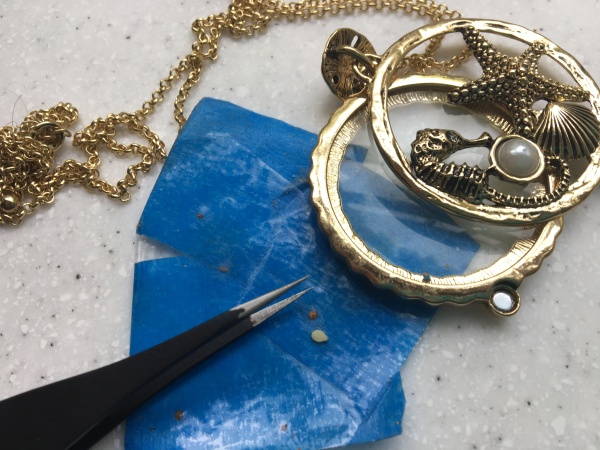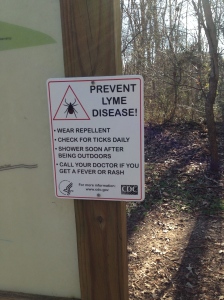
Ticks. Calvert County, Maryland.
LifeLoveLyme
by Kathy Meyer

Virginia Governor’s Task Force on Lyme Disease 2010-13 and
Co-leader, Parents of Children with Lyme Support Network, DC Metro Area
“…The physician cannot rely on a laboratory test or clinical finding at the time of the bite to definitely rule in or rule out Lyme Disease infection, so must use clinical judgment as to whether to use antibiotic prophylaxis. Testing the tick itself for the presence of the spirochete, even with PCR technology, is helpful but not 100% reliable.
An established infection by B. burgdorferi [the bacteria that causes Lyme] can have serious, long-standing, or permanent, and painful medical consequences, and be expensive to treat. Since the likelihood of harm arising from prophylactically applied anti-spirochetal antibiotics [taking antibiotics to kill potential infection] is low, and since treatment is inexpensive and painless, it follows that the risk benefit ratio favors tick bite prophylaxis.”
-Dr. Joseph Burrascano, the longest-treating physician for Lyme in the U.S.
As the weather warms, there is justifiable panic in the question, “I just found a TICK on me, so what do I DO?!” Continue reading




 This
This 

